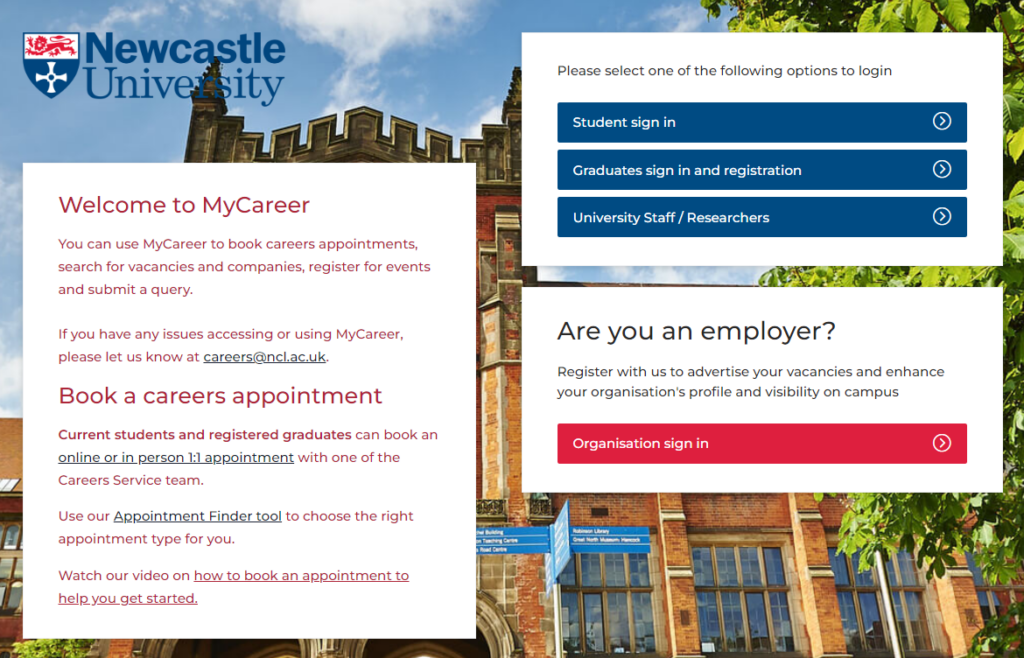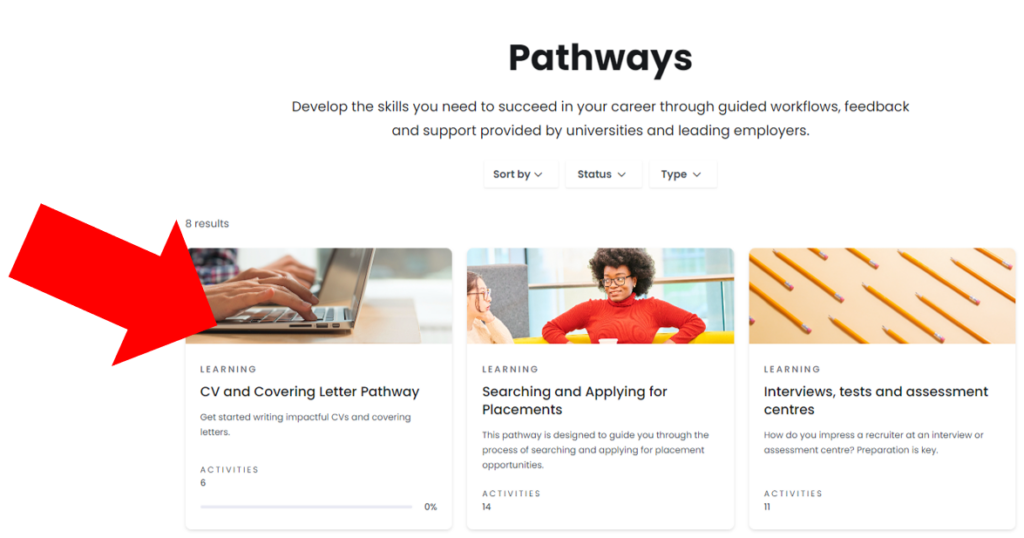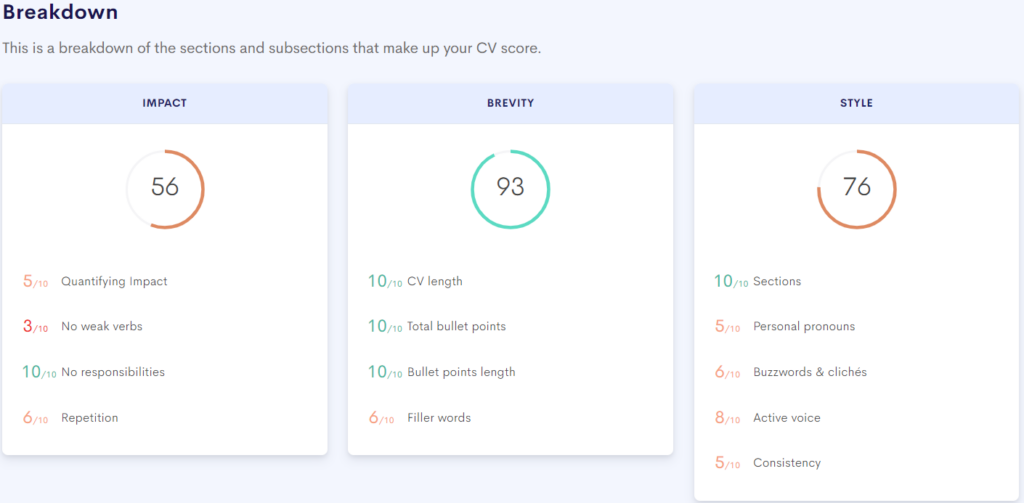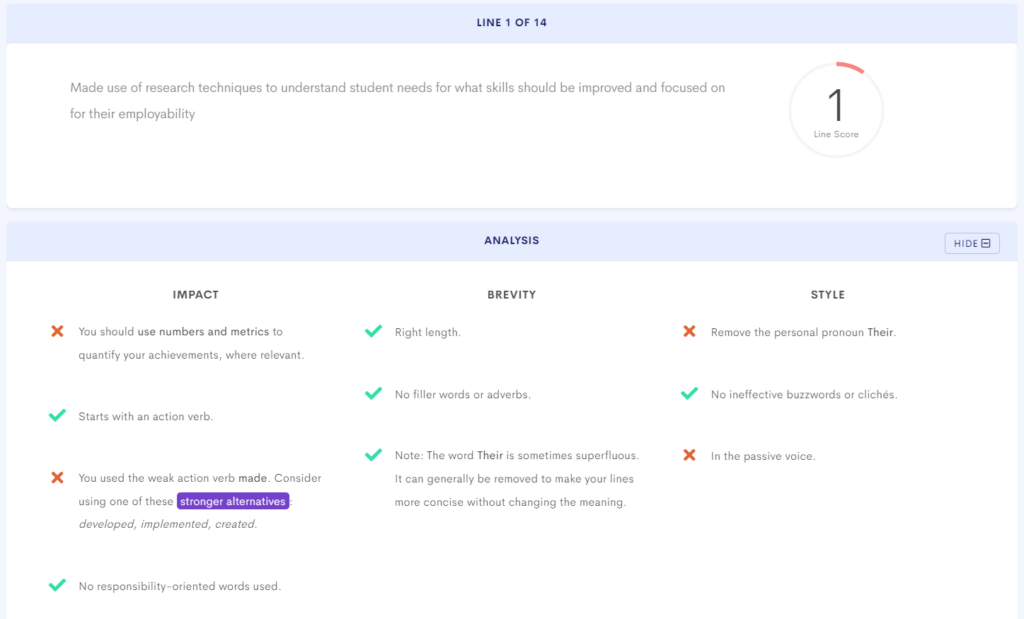While many steps in the employment process are universal to any role you may apply to, applying for a role as a software developer, or any coding-related job for that matter, you may be expected to do a coding interview.
This article explains what a coding interview is, what you might be expected to do in them, why you might be expected to do them, and some resources to help you prepare for them.
What is a coding interview?
At some point following an initial interview, you may be asked to do a coding interview. This is notorious for being one of the hardest parts of the interview process. During a coding interview, you will be given a task to do within a limited time frame. You might be observed by an interviewer as part of this and expected to explain your programming choices as you go.
Why do I have to do a coding interview?
While the purpose of an interview is typically to get a feel for who a potential employee is as a person and if they will fit within a team, a coding interview does the same but to get a feel for who you are as a programmer. It helps determine what your skill level and programming style is like. This is essential as they will want to know what kind of code you might be contributing to their projects.
Coding interview resources
There are numerous different resources to help you prepare for coding interviews, the only issue is that for many of them you must pay to use. I’ve collated some free resources that I recommend checking out to hopefully lend a hand when this stage of the interview process comes knocking
Codewars
Unsurprisingly, one of the best ways to practice for a coding interview is to code. But rather than working on your larger projects, it is important to try to solve lots of “bitesize” coding problems.
An excellent resource for this is Codewars.
Codewars is a platform that helps you learn, train and improve your coding skills by solving a range of tasks at varying difficulty levels. These challenges are called Katas and are specific to the languages and areas you want to focus on.
You can find these challenges on the Codewars page or if you subscribe to their Weekly Coding Challenge newsletter, you will receive weekly emails with a selection of tasks to solve.
All the challenges can be completed within the IDE provided on the Codewars website so you could complete them while on the go without your computer. Here is an example of one of their challenges:
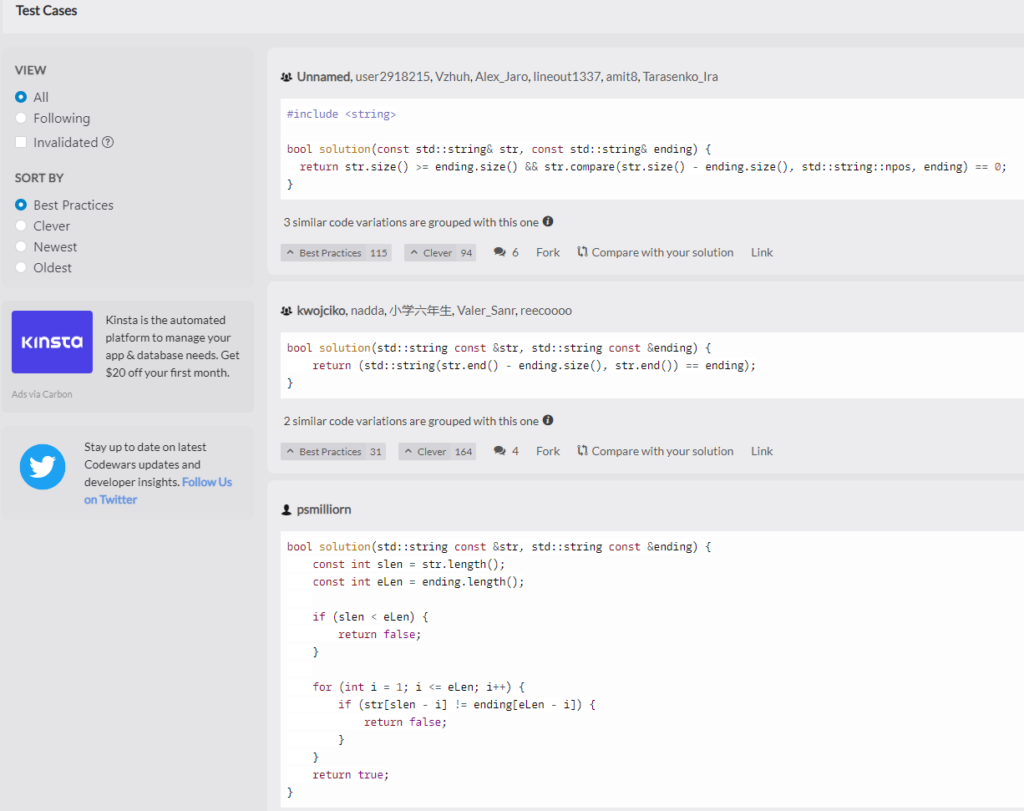
This is a relatively easy problem but nicely lays out how Codewars works. You see what your task is, and some examples of what solutions would be.

You write your solution in this window before pressing Attempt to see if your solution is correct. If it is, you can then go and look at other people’s solutions to get an idea of how other people attempted the problem!

This is a great resource to consistently practice your coding skills, and the range of challenges you may encounter will help you prepare for coding interviews.
If this seems like something you are interested in, find more information here.
InterviewBit
Another great resource for coding interviews is InterviewBit. It works in much the same as Codewars with different challenges you can complete but also has some more supplementary content you can use if you so wish.
There are three main categories to InterviewBit: Practice Problems, Fast Track Courses and Interview Prep.
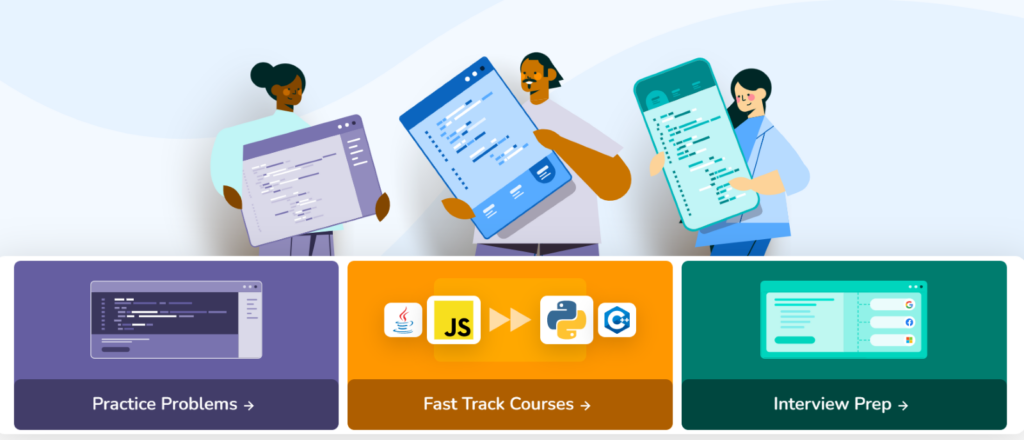
You can solve practice problems of varying difficulties much like with CodeWars but you also get to see what kind of companies ask these questions.

You can also spend time learning the fundamentals of different languages, perfect for when you want to train or revise a certain skill ahead of an interview.

Another excellent resource on InterviewBit is the Technical Interview Questions. These are guides not only on how to secure roles at large companies like Google, Amazon and Microsoft but more generalised roles that would require you to code in certain languages.

Coding Interview University
Another excellent resource is the GitHub repository Coding Interview University This was created by Josh Masham for interview preparation. It was using these resources that he was able to get a job at Amazon. This repository is jam-packed with details, resources and links that will be sure to help anyone in their journey to employment.

These are only three different resources you can check out to get that edge when it comes to a coding interview but there are many more out there and not everything will work for you, so just experiment!



